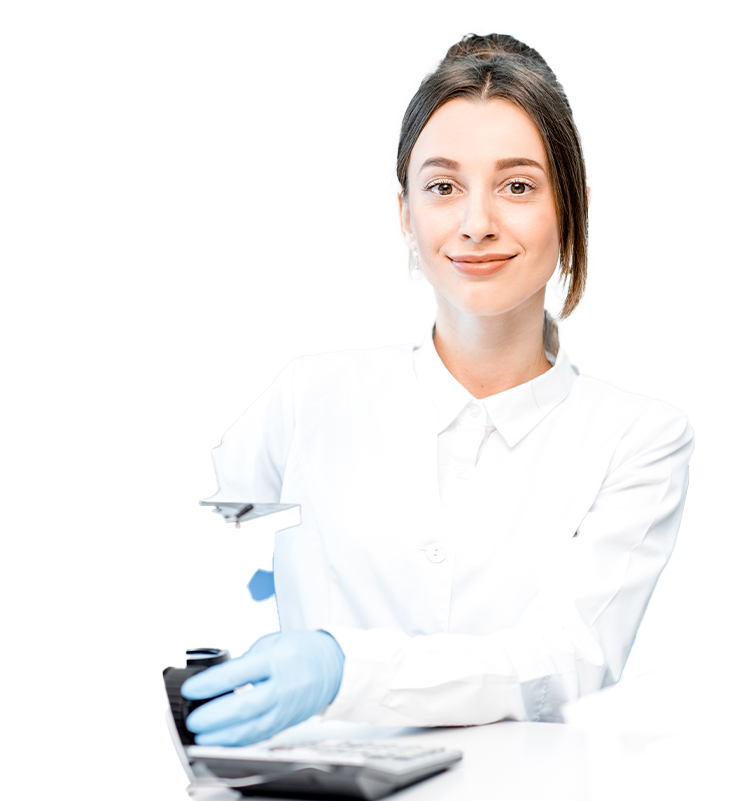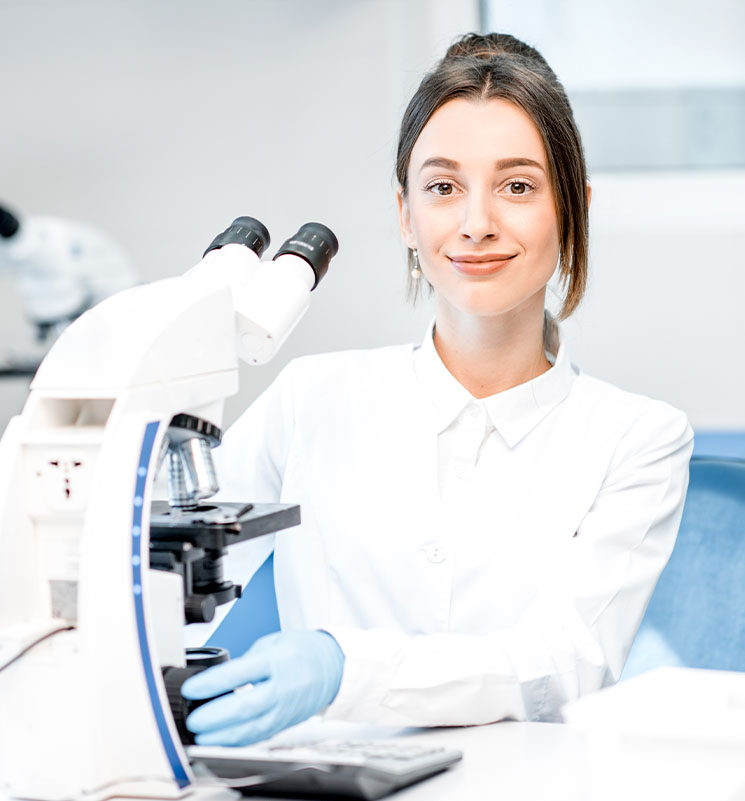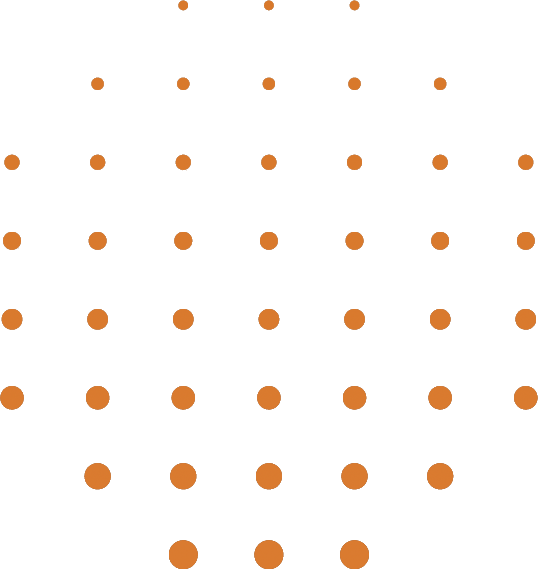
SANITARY BIOSAFETY
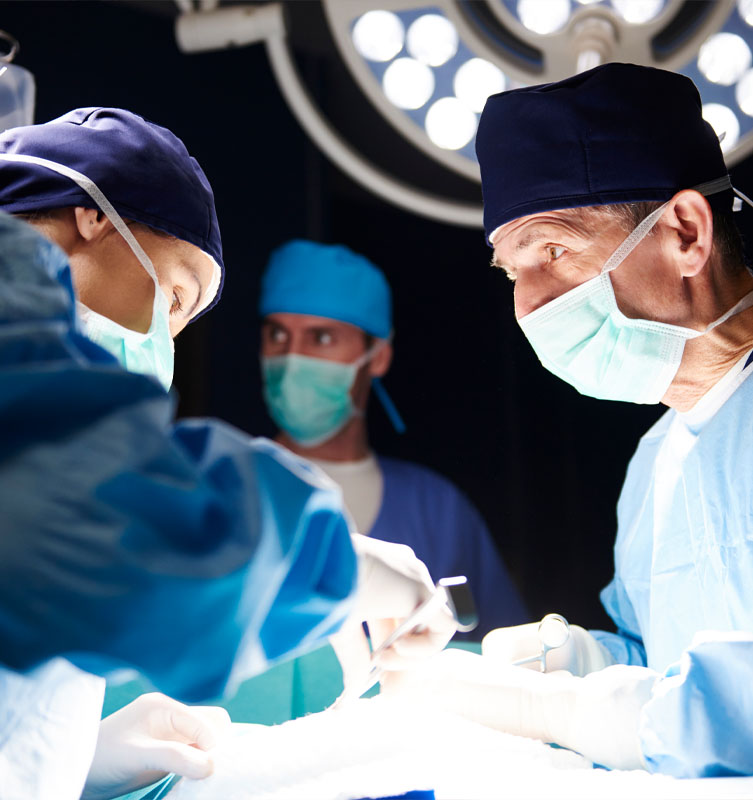
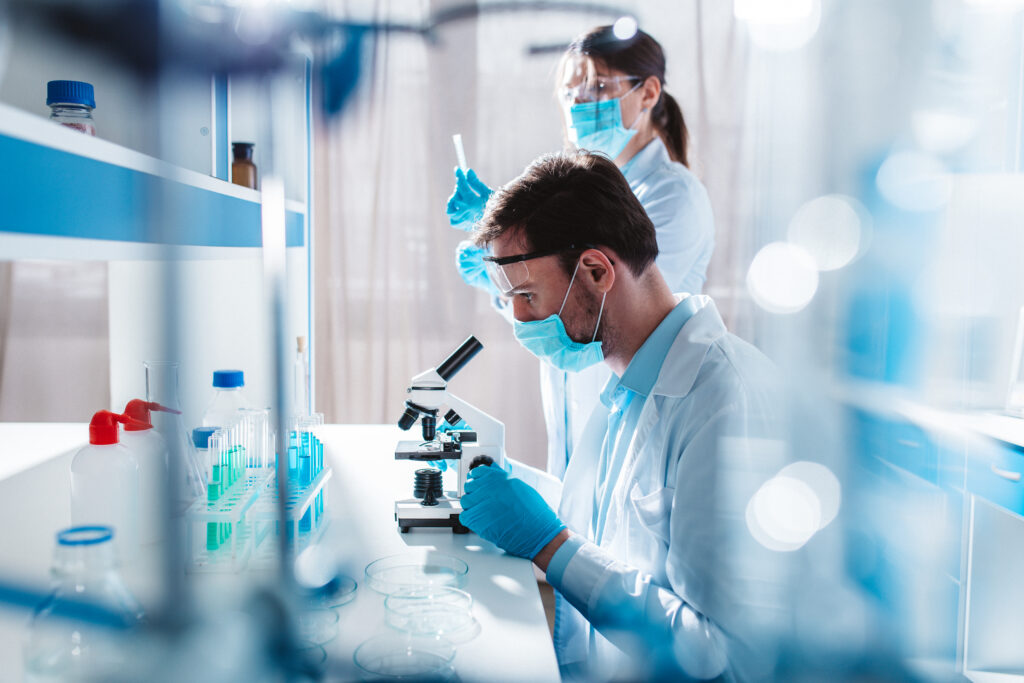


Validation of critical areas in hospitals and laboratories
To prevent healthcare-associated infections (HAIs), validation of critical areas is vital.
Hospitals are complex buildings that require special control and even more so in their operating rooms, laboratories, ICU, isolation rooms, etc. These rooms must undergo annual validation of environmental and biosafety conditions in accordance with the UNE 171340 standard. (validation of hospital critical areas), being a legal requirement derived from the UNE 171330 standard (Part 2) and the RITE (Royal Decree 238/2013 of April 5, 2013, amending certain articles and technical instructions of the Regulation on Thermal Installations in Buildings).
Hydrogen peroxide biodecontamination
For a definitive solution, guaranteed and validated by a professional and independent report, we offer our biodecontamination service with hydrogen peroxide in vapor form (HPV), which allows a total destruction of the microorganisms present in a contaminated area with disinfection levels equivalent to sterilization, guaranteeing at all times LOG 6 efficiency, with double chemical and microbiological validation.
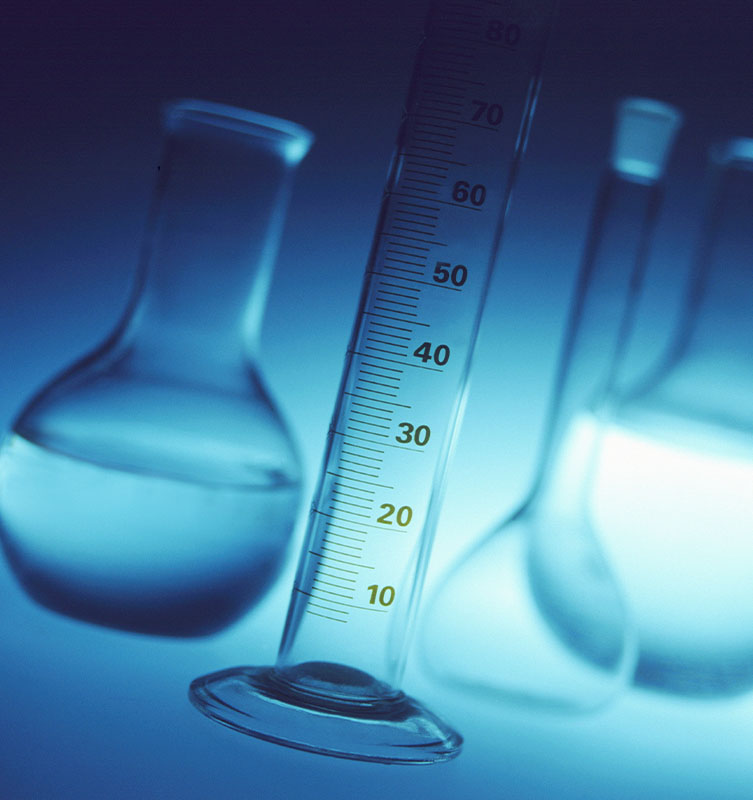
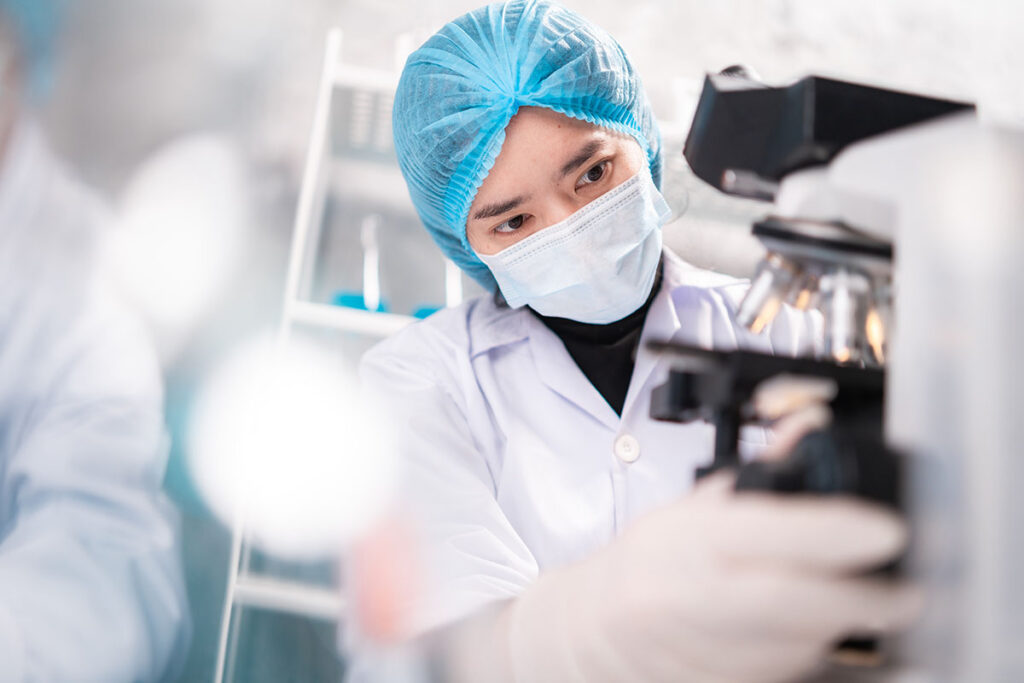



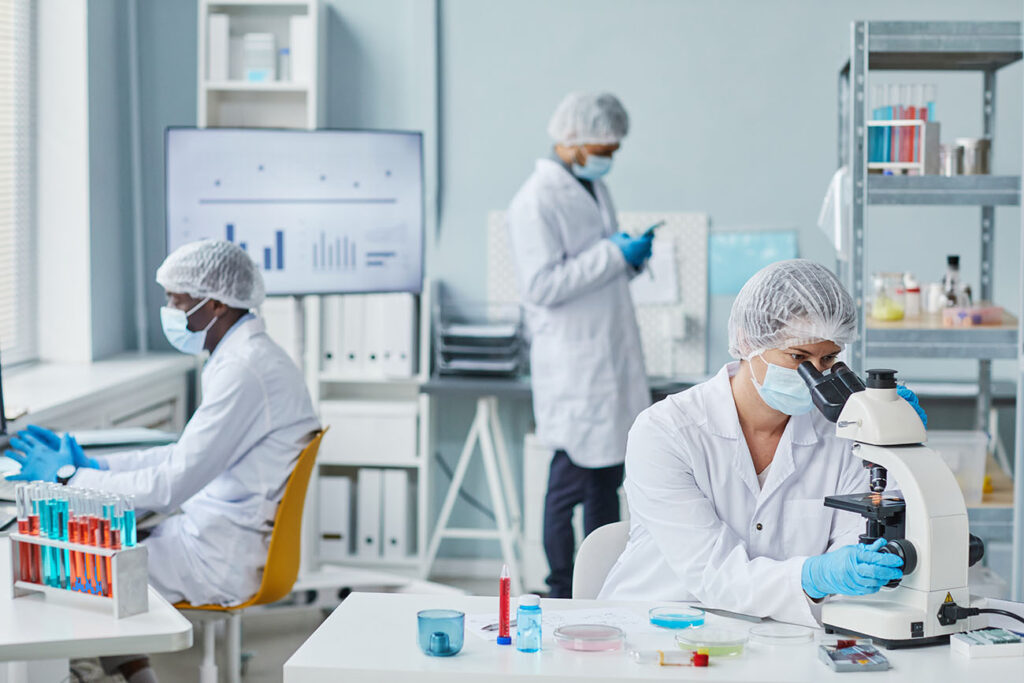


Rapid qPCR laboratory
Whether your routine analyses by SAS impactor and agar plate incubation are positive and indicative of environmental contamination or the Services of any specialty report cases of fungal infection or a multidrug-resistant microorganism… we can help you out of doubts and in an extremely fast way and with maximum specificity and sensitivity.
Indoor environmental quality inspection for buildings and hospitals
Derived both from the RITE and the UNE 171330 standard, it is a legal requirement to carry out the inspection of indoor air quality in buildings with installed thermal power greater than 70 kW.
It is necessary to carry out the relevant measurements of the parameters included in the standard, among others: determination of CO, CO2, VOCs, suspended particles, as well as determination of fungi and bacteria.
It is well known that poor indoor air quality in buildings is responsible for respiratory illnesses that lead to absenteeism from work and the associated economic costs.







